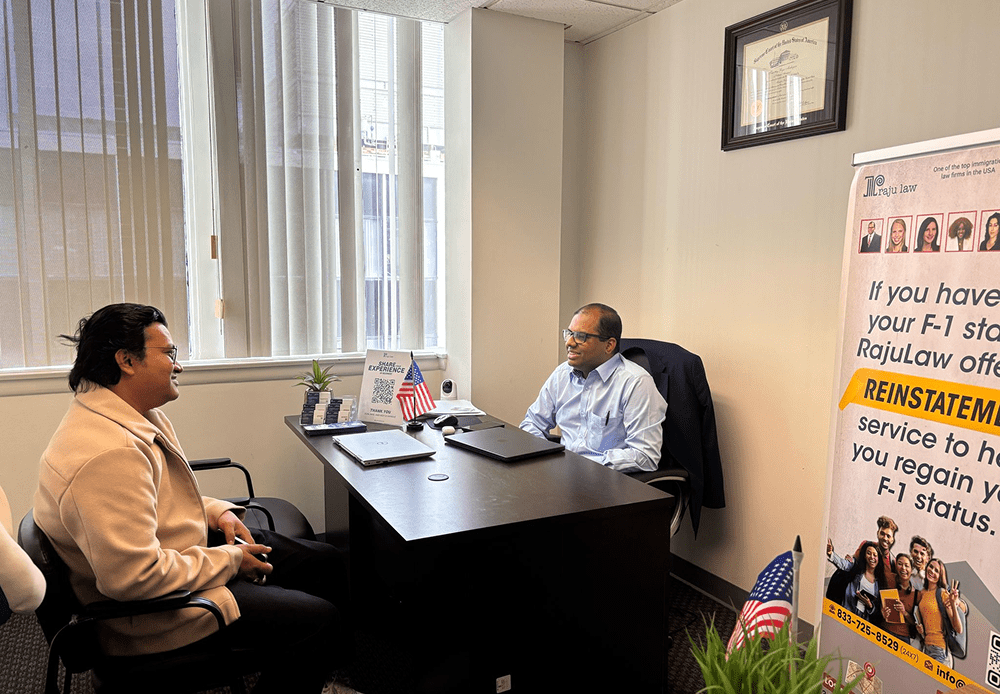Why Choose the E-2 Visa for U.S. Investment | E-2 Visa Benefits

An E-2 visa provides numerous advantages, including:
- The ability to live and work in the U.S. while managing your business.
- Indefinite extensions as long as your business operates successfully.
- Your spouse can apply for work authorization, and your children can study in the U.S.
- The flexibility to invest in a variety of industries.
- Faster processing times compared to other visa categories.





